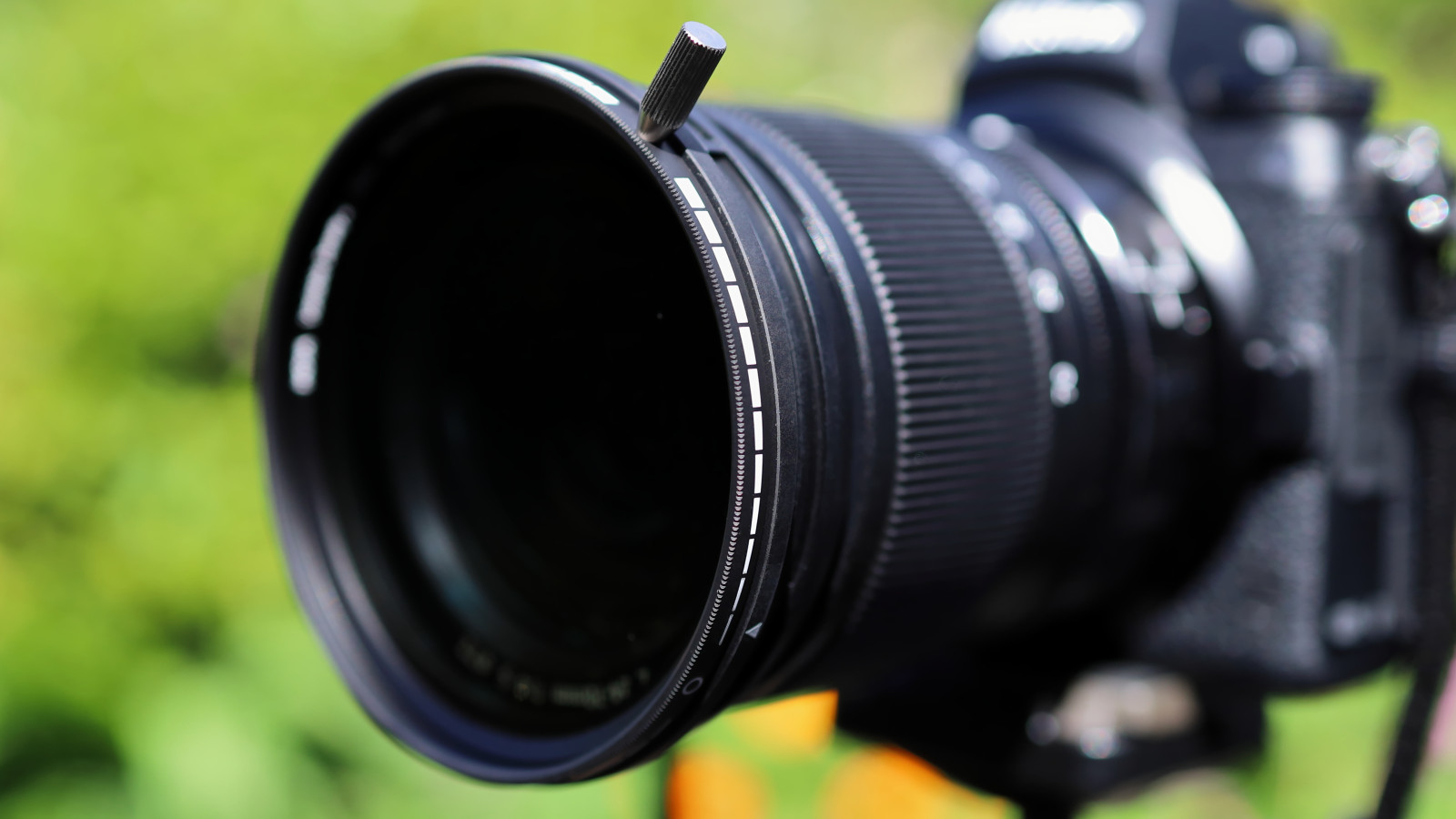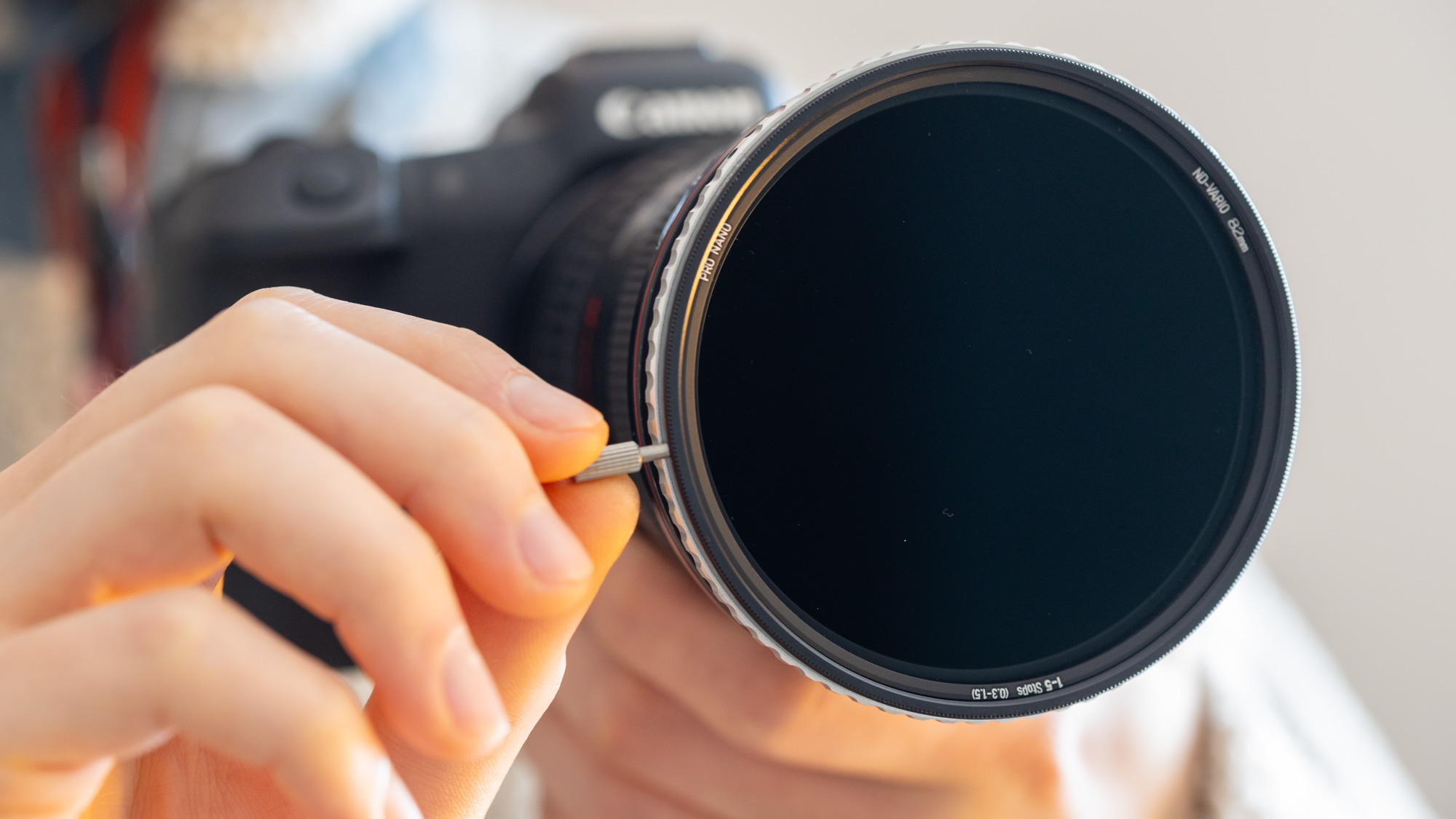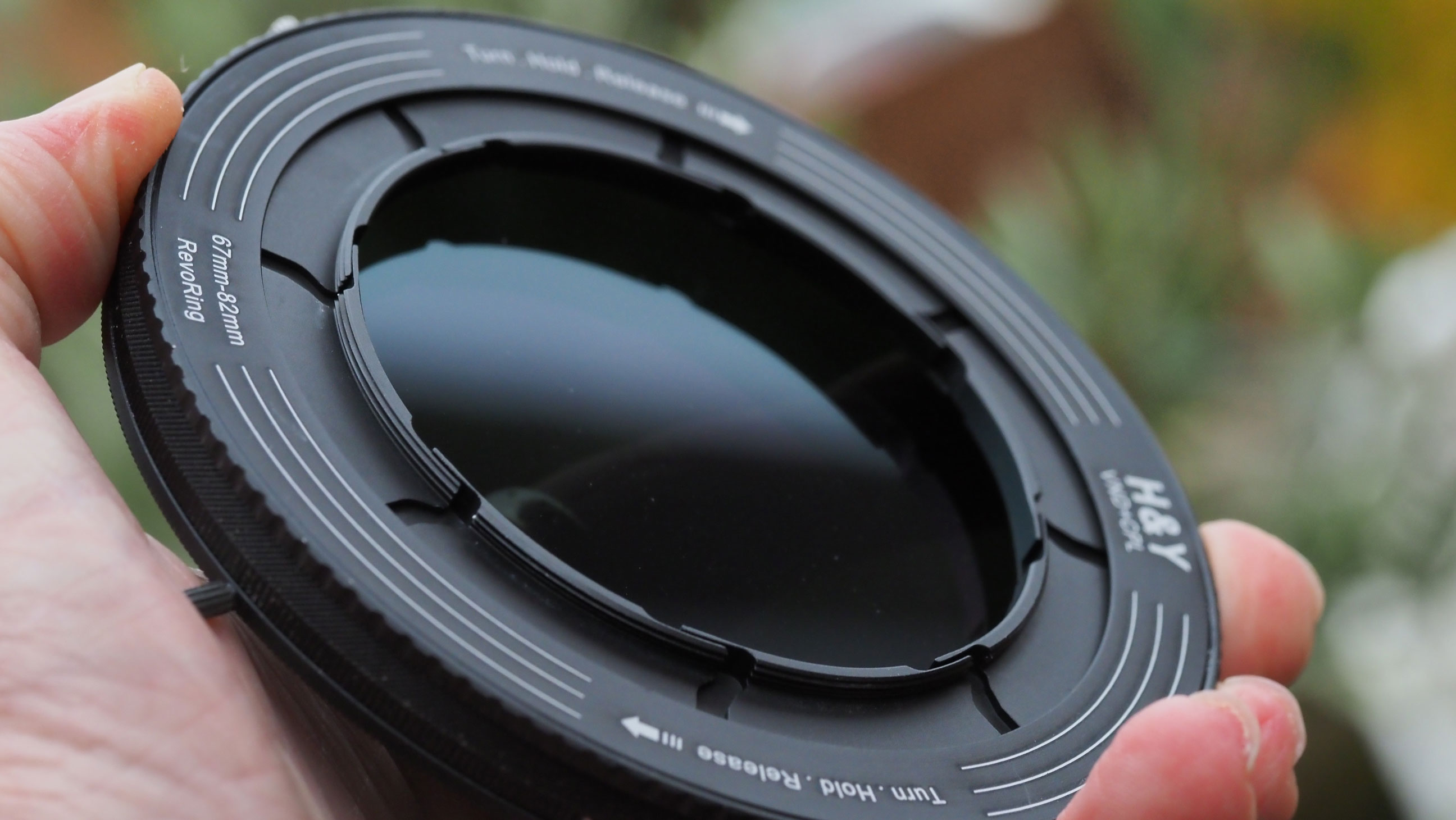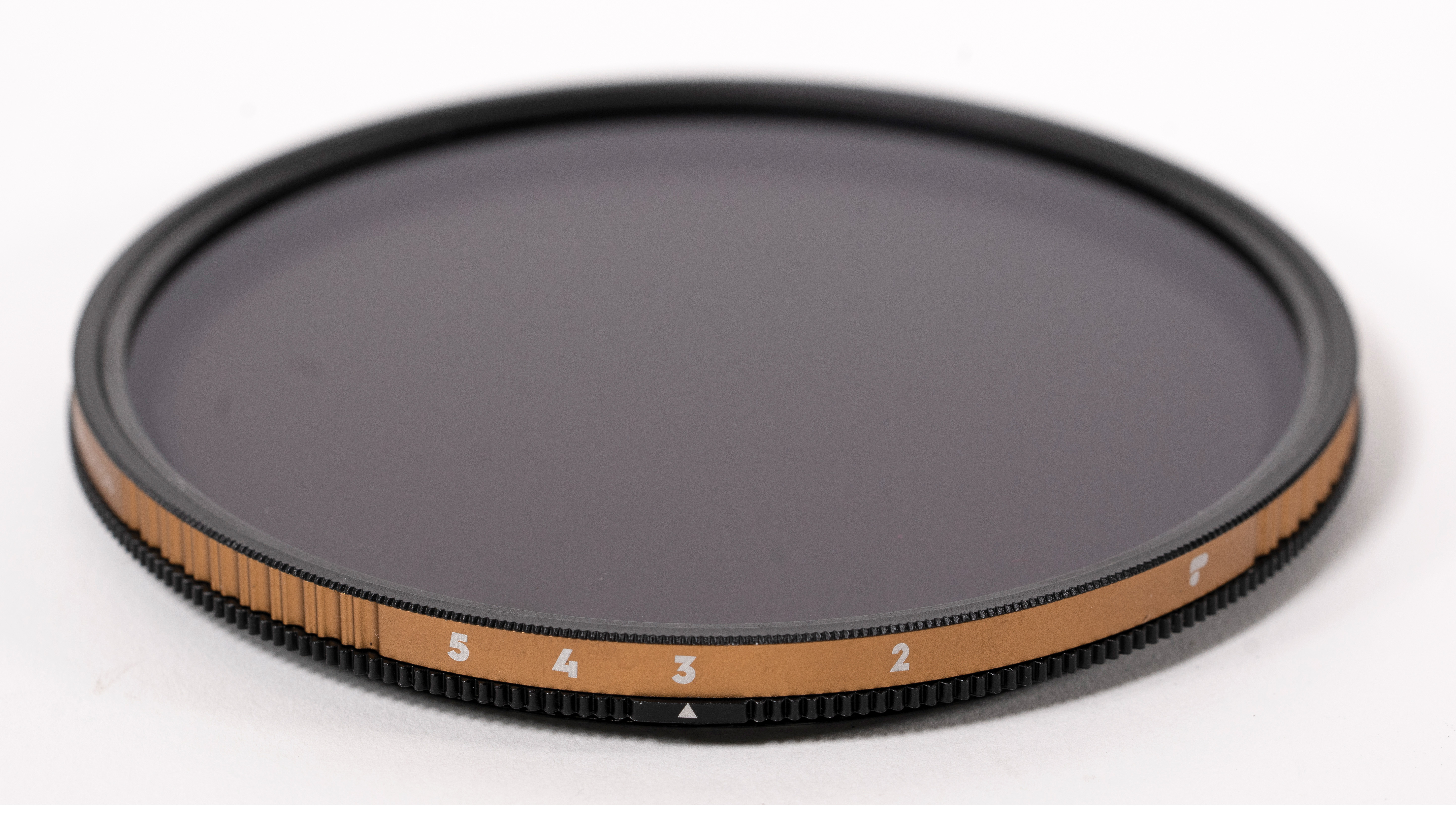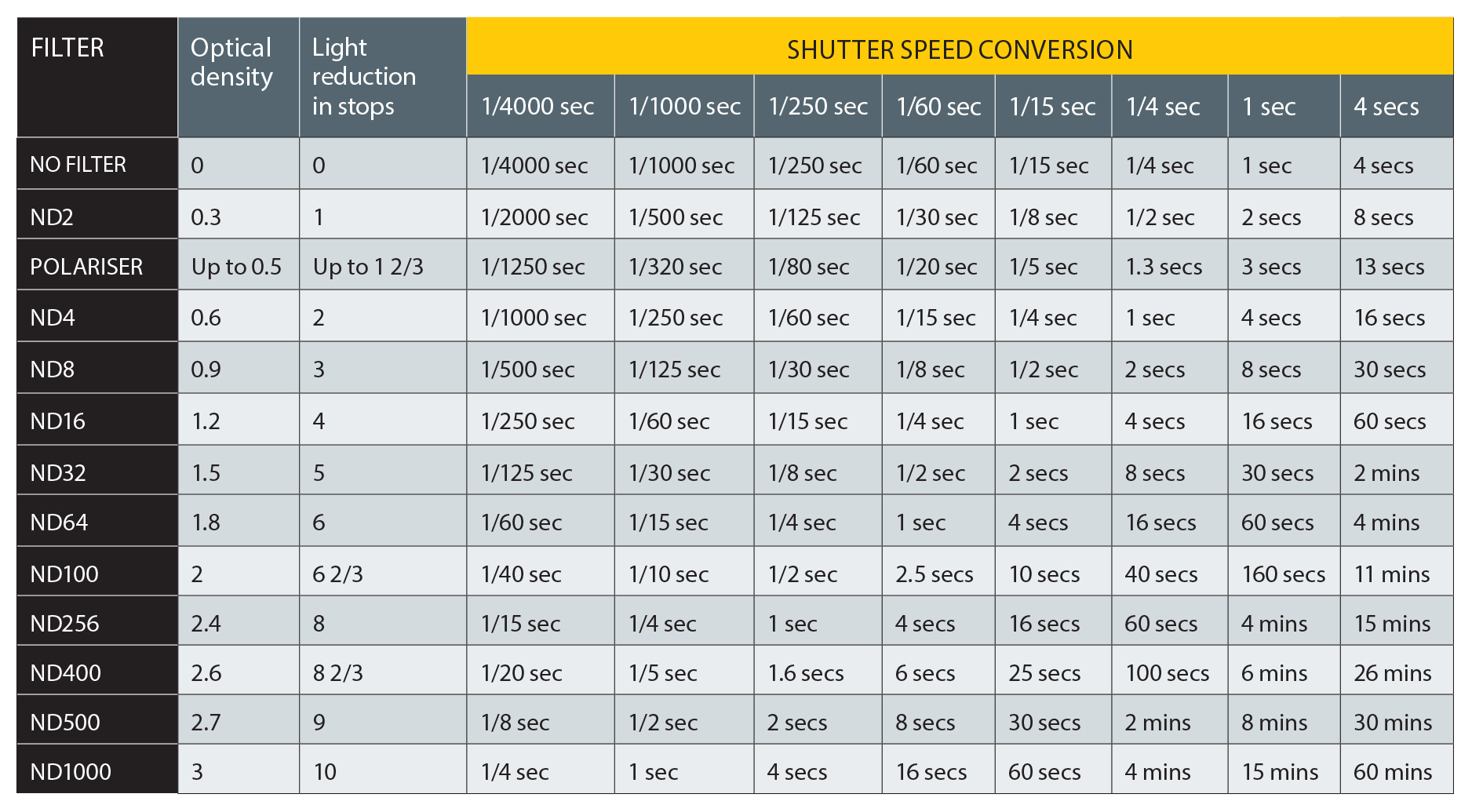The best variable ND filters in 2025: fader filters for videography and photography
Variable neutral density – or fader – filters are essential for filmmakers… and handy for stills photography, too
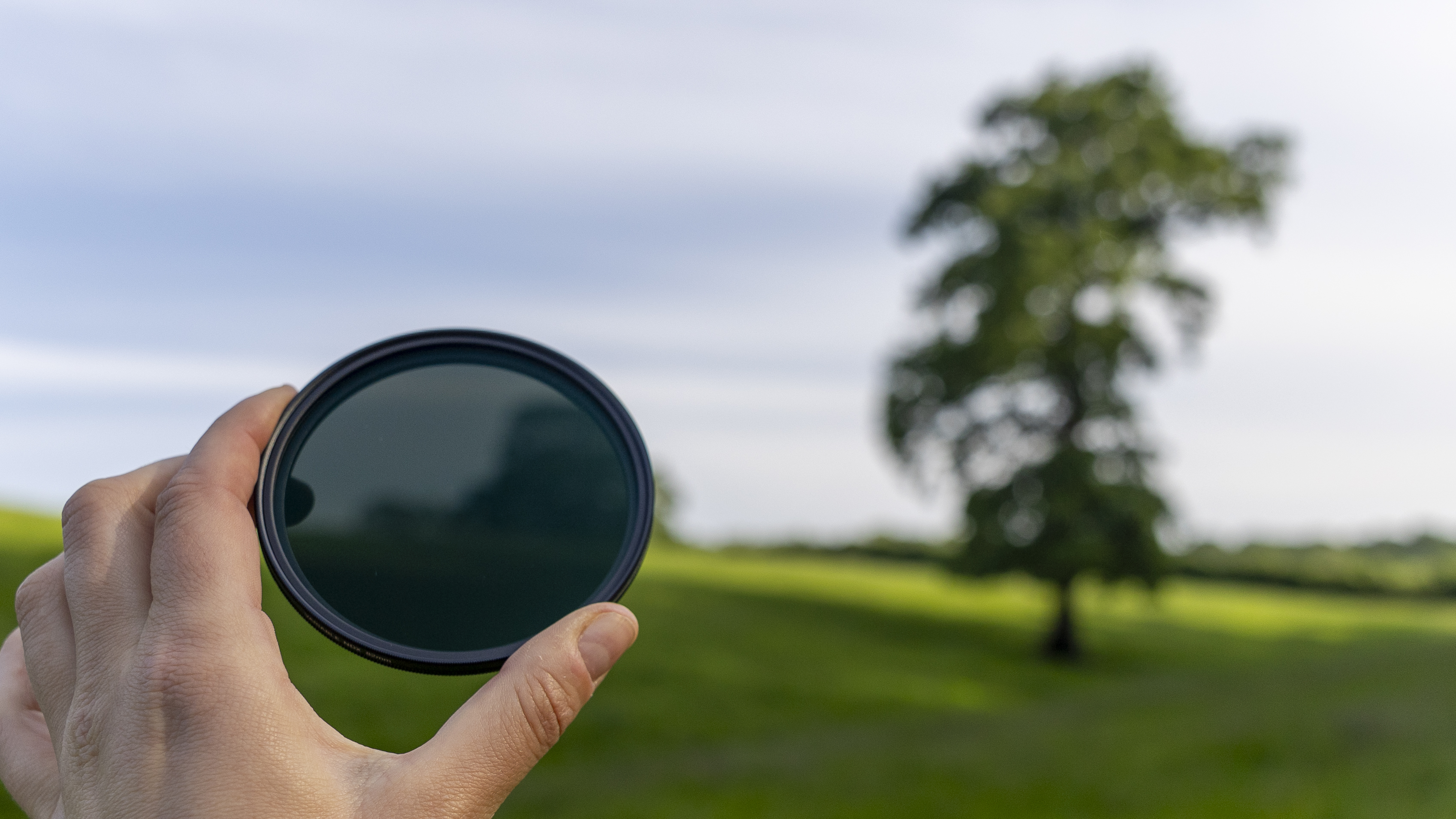
The best variable ND filters are ideal companions for videographers, filmmakers and photographers alike. Offering incredible flexibility in controlling the amount of light that enters a lens, variable neutral density filters can be adjusted to different levels of opacity, meaning you can block a lot of light, or relatively little, all with the same filter.
A variable ND filter enables you to slow down the shutter speed to create amazing long-exposure stills photographs. These include creating milky seas and skies, erasing moving people from an urban scene, and creating dramatic light trails.
They are exceptionally useful for videographers, however, as with video your shutter speed is generally fixed, making it hard to use the widest aperture openings when not shooting in low light. Using a variable neutral density filter allows you to reduce the light striking the sensor – so that you can use wide apertures even in bright sunlight, to ensure the background is blurred. The stepless nature of the adjustment ensures you can still achieve a suitable shutter speed for a correct exposure. Here, for my money, are the best variable ND filters you can buy right now.

Ben is the Imaging Labs manager, responsible for all the testing on Digital Camera World and across the entire photography portfolio at Future. Whether he's in the lab testing the sharpness of new lenses, the resolution of the latest image sensors, the zoom range of monster bridge cameras or filters, Ben is our go-to guy for technical insight.
The Quick List
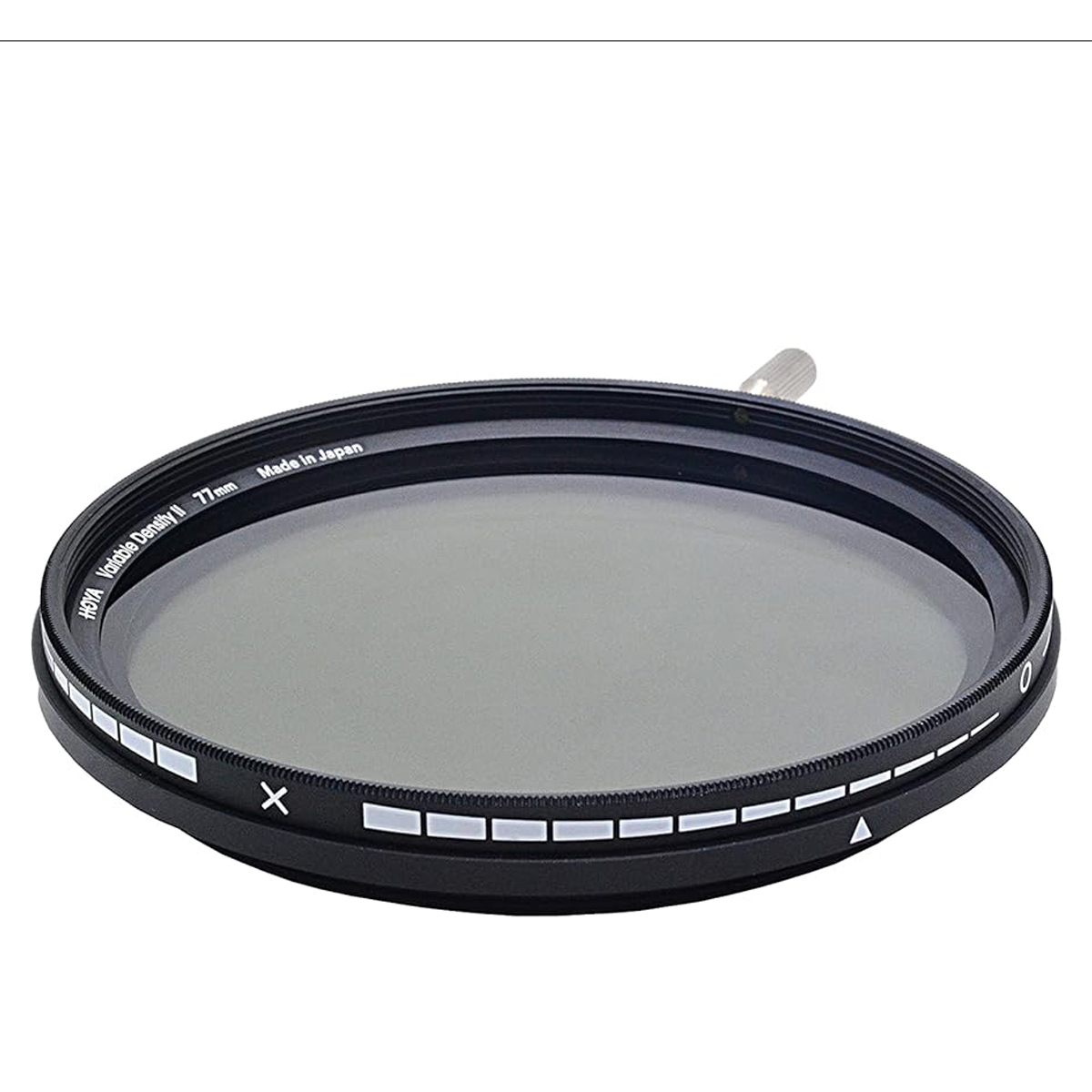
I couldn’t spot any impact on image quality when I tested this high-quality filter, which is also a pleasure to use on location.
Read more below
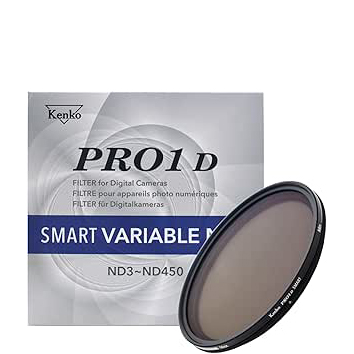
It’s a low-cost filter, but it’s still well-made, with a smooth rotation action, and has a decent density range between ND3 and ND450.
Read more below
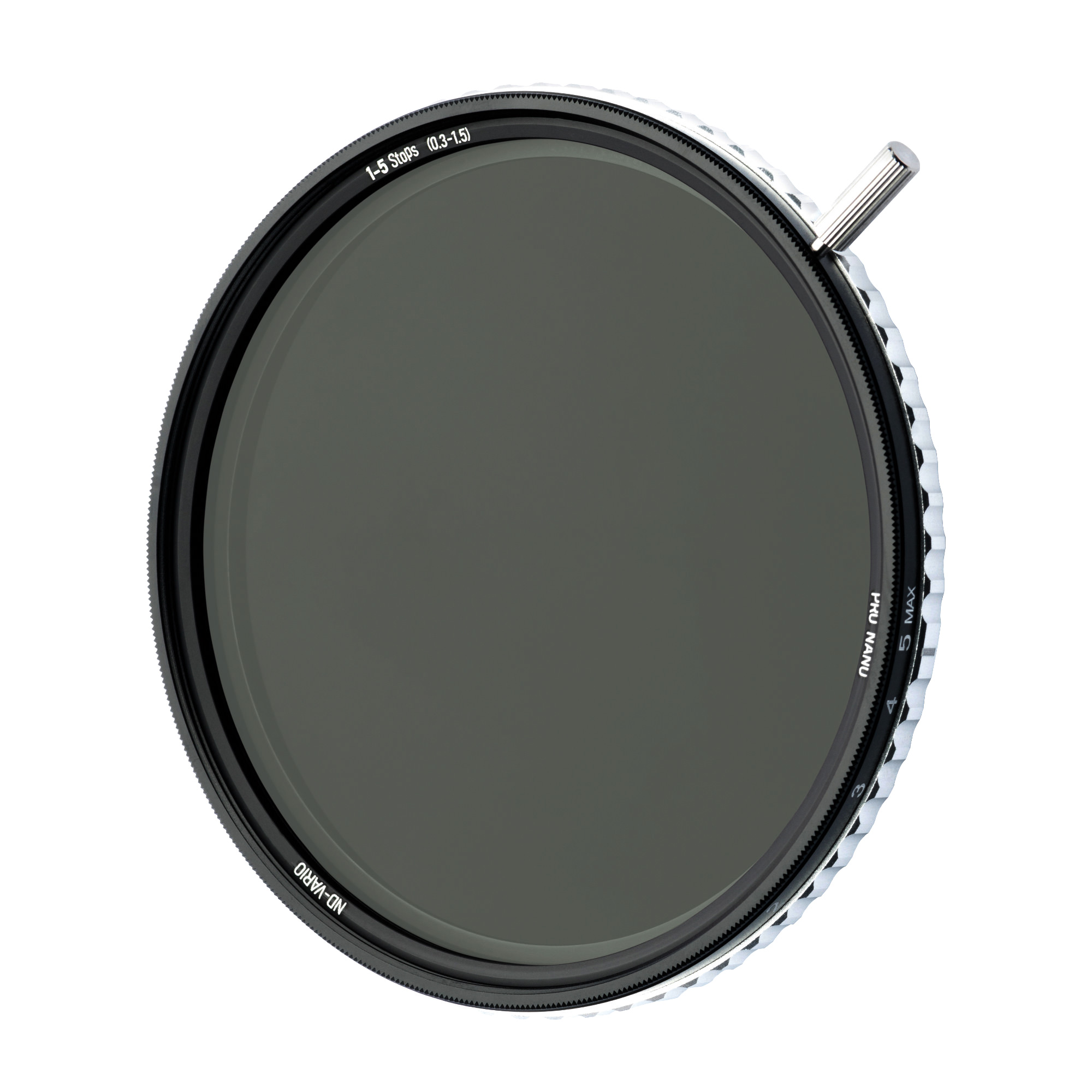
This pro-spec filter features advanced coatings to minimize the 'X-bar' effect and ensure accurate colors, while tactile hard stops and a rotation handle are nice touches.
Read more below
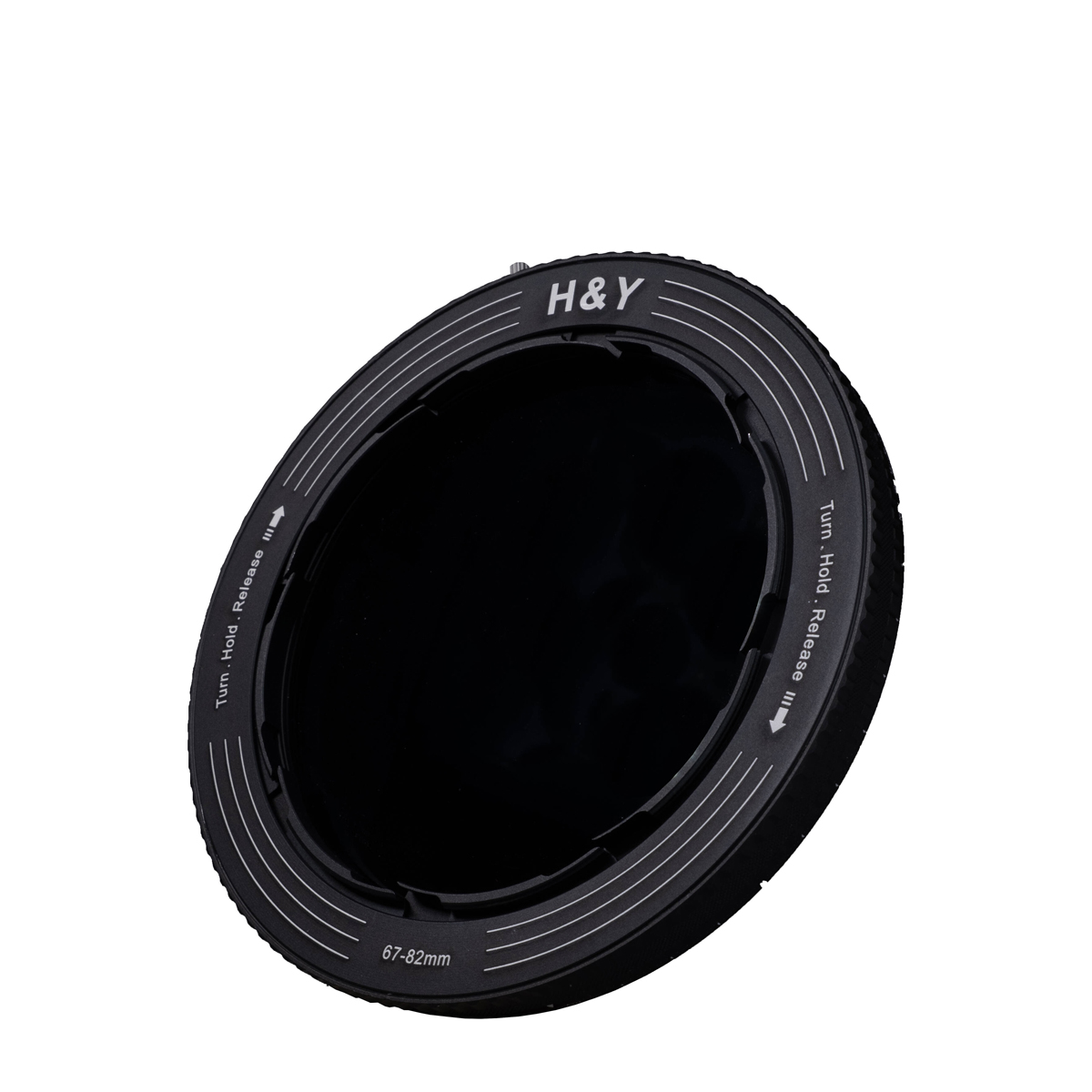
This clever gadget can function as both a polarizing filter and a variable ND, with a spring-loaded system for easy adjustments.
Read more below
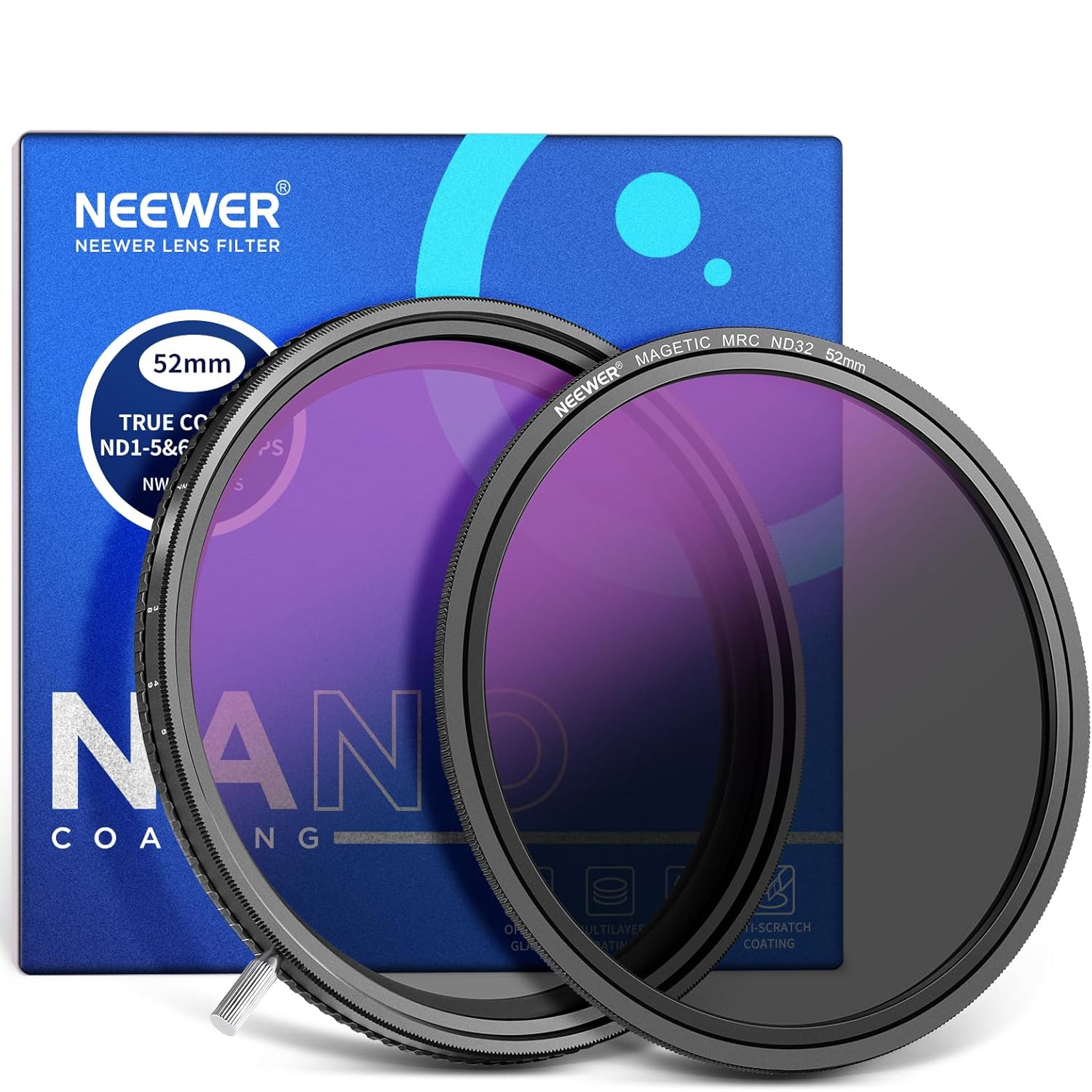
This ingenious two-part kit has a second magnetic snap-on filter for more extreme densities while avoiding the 'X' effect.
Read more below
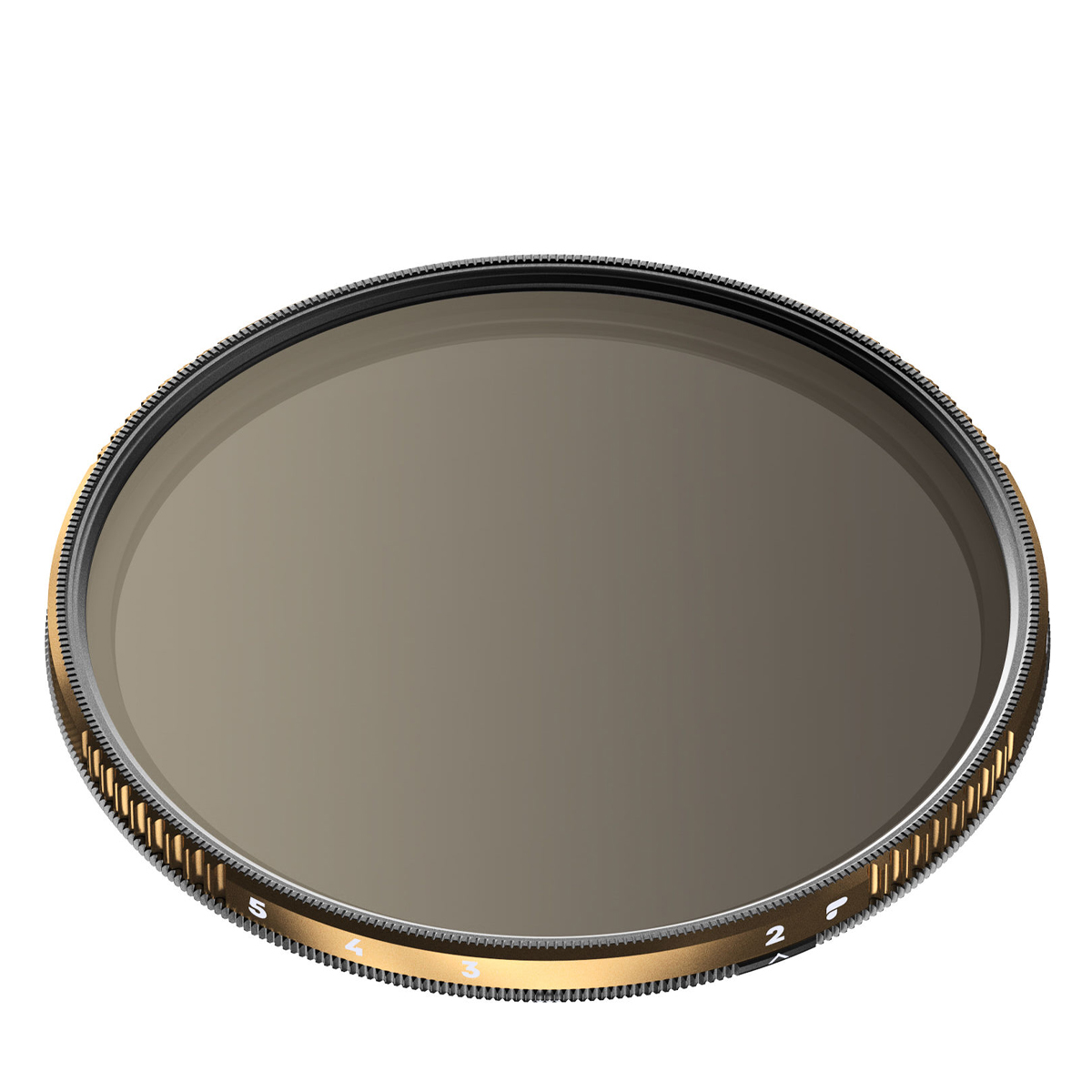
Some variable NDs generate vignetting when used on wide-angle lenses, but this filter positively embraces a wide field of view.
Read more below
Best variable neutral density filters
Why you can trust Digital Camera World
Best variable ND filter overall
Specifications
Reasons to buy
Reasons to avoid
With a generous range of ND3 to ND400, the second generation of Hoya’s variable ND is a class act. It’s simple to use, with markings on the front and rear frames so you know how far along the scale you are as you rotate an element. There’s a discrete knob to handle rotation, avoiding the risk of fingerprints.
I was delighted with the results from the Variable Density II when I had it in for testing. There was barely any impact on sharpness, color or contrast as I boosted the ND factor. There were some examples of cross-polarization (X-shaped dark areas in the image) – but only when I pushed beyond the parameters of what I’d expect to be normal use.
Read our full Hoya Variable Density II review
Best budget variable ND filter
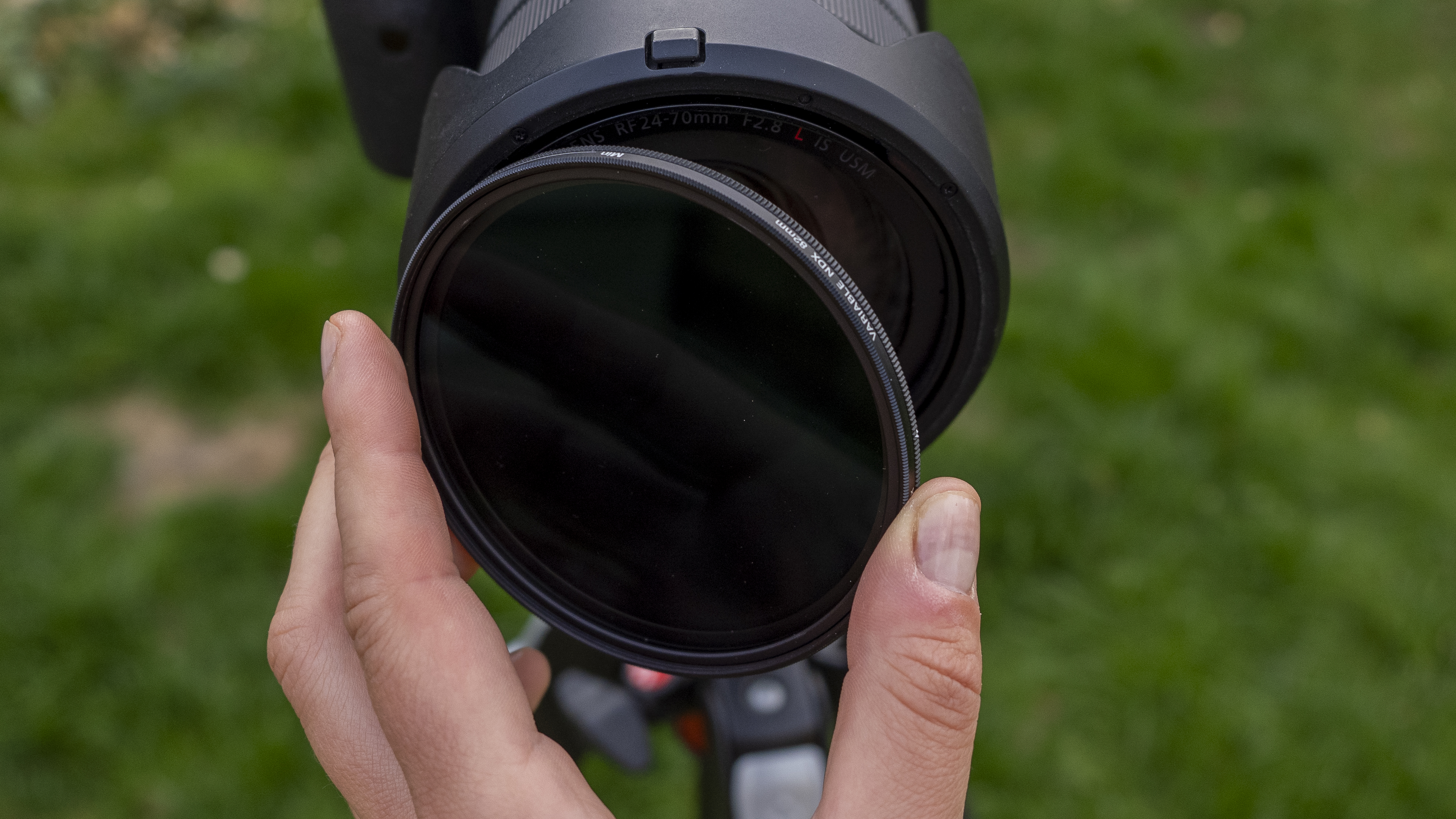
Specifications
Reasons to buy
Reasons to avoid
This budget-priced variable filter offers an impressive density range, with darkening options stretching from ND3 to ND450. In addition to being useful for videographers, it's a versatile option for stills photographers, enabling you to quickly experiment with the amount of blurring to get just the right amount of 'milkiness' in seascapes, for example.
Does the Kenko Pro1D NDX3-450 offer the same clarity you'd get for a filter five times the price? Probably not. But I'd say the difference in quality is entirely negligible unless you're a fine art photographer. It's perfect for beginners wanting to take their landscapes to the next level, providing an easy way to tweak exposures with minimal effort, time, and investment, but don't expect any fancy coatings or other features at such a keen price. Kenko also makes an alternative version of this filter, the Kenko Pro1D+ NDX3-450+C-PL, which adds the functionality of a polarizing filter.
See our full Kenko Pro1D Smart Variable NDX review
Best premium variable ND filter
Specifications
Reasons to buy
Reasons to avoid
Right off the bat, you can tell the NiSi True Color ND-Vario 1-5 Stop Pro Nano is a premium piece of kit. The build quality is excellent, with a sturdy metal frame and that reassuringly smooth rotation through the 1 to 5 stop range, complete with hard stops that give you a nice tactile feel. The knurled ring makes it a breeze to attach, even for someone like me who sometimes struggles with slippery filters.
NiSi's High-Ultra Clarity glass and nano coatings, which repel water and grime, are welcome additions. NiSi claims that its True Color film eliminates the dreaded 'X-bar' effect and ensures accurate colors. I did notice a slight yellowish-green cast and some X-bar at wider angles, but it wasn't a deal-breaker. The included screw-in handle is a nice touch, making adjustments even smoother.
The NiSi True Color ND-Vario 1-5 Stop Pro Nano is a solid performer. Its image quality is decent, and the build quality is top-notch. It's packed with features that make it a joy to use in the field. But you'll need to weigh its premium price against its strengths.
See our full NiSi True Color ND-Vario 1-5 Stop Pro Nano review
Best dual-purpose kit
Specifications
Reasons to buy
Reasons to avoid
There aren't a lot of regular surprises in the world of photographic filters, but H&Y's Revoring system is one. This clever device is two filters in one – both a polarizer and a variable ND filter – and what's more, its spring-loaded attachment mechanism means it can adapt to a huge range of filter sizes.
In use, the two filters rotate independently via small metal lugs. You rotate the rear filter and front filter together for the polarizing effect, and turn the front filter relative to the rear to apply the variable ND effect. The system works extremely well once you get used to it. The top-tier quality of the glass in the filter helps, ensuring excellent image quality.
Not everyone will find it useful to have a polarizer and variable ND in the same kit. But for those who do, the H&Y Revoring is a no-brainer.
See our full H&Y Revoring with Circular Polarizer and Variable ND review
Best variable ND filter for range
Specifications
Reasons to buy
Reasons to avoid
This clever filter kit overcomes the common problem of cross-polarization – the X-shaped dark shadow – in high-density variable ND filters. It consists of a screw-in Variable ND (VND) filter with a range of 1 to 5 stops (ND2-ND32) along with a separate, magnetic 5-stop ND32 filter.
The primary VND filter is engineered with 'hard stops' at its minimum and maximum settings, effectively preventing the undesirable cross-polarization effect. Its 5-stop range is suitable for using wide apertures in bright light or for video work. The clever bit is a second, fixed ND32 filter, which magnetically snaps onto the VND, extending the total density range from 6 (ND64) to 9 stops (ND512). This additional stopping power enables super-long exposures, such as blurring water movement or pedestrians, which the standalone VND cannot accomplish.
The filters are constructed with a durable, lightweight, matte black aluminum frame and 'HD optical glass' that features 30 layers of nano-structure coatings, to effectively suppress ghosting and flare. The build quality is excellent for the price, making it excellent value. However, the VND's protruding handle, while aiding rotation, makes it impossible to use a lens hood.
See our full Neewer HD True Colors Variable ND Filter ND2-512 review
Best variable ND filter for wide-angle lenses
Specifications
Reasons to buy
Reasons to avoid
The trouble with some variable ND filters is that they create serious vignetting and cross-polarizing artifacts when they’re used with wide-angle lenses. The PolarPro Variable ND Peter McKinnon Edition 2-5EV filter, however, is designed for use with even a 16mm full-frame focal length. It keeps vignetting under control very well and the filtration level adjustment stops before the notorious cross-effect becomes visible. A separate 6-9 stop version is also available.
If you’re shooting a clear blue sky with a wide-angle lens and 5EV filtration, you’re likely to see some variation in tone, but it’s not bad. In addition, the filter has a very slight warming effect, but it’s not unpleasant. If you’re shooting scenes with lots of detail you’re unlikely to notice any flaws, and you’ll appreciate the ease of exposure control.
See our full PolarPro VND Peter McKinnon Edition II review
Honorable mentions
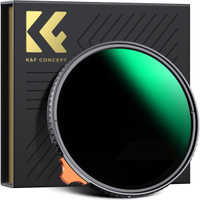
K&F Concept Nano-X Variable ND Filter ND2-400
With an impressive 1-9 stop range, the Nano-X boasts a 28-layer nanocoating that endows it with dust-proof, water-resistant, scratch-resistant, and anti-glare properties, while making it easier to clean and reducing reflections when shooting towards the sun. A putter-style allows for smooth and precise adjustments.
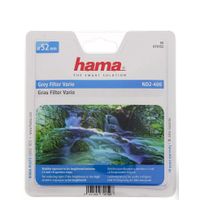
Hama Grey Filter Vario ND2-400
Hama’s slimline variable ND filter is well made for the price, with a smooth rotation between the two elements and just enough friction to hold its position when set. A slight textured edge to the front element makes adjustment easy, and there are clear markings between the minimum and maximum points.
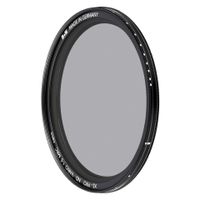
B+W XS-Pro Digital ND Vario MRC Nano
A Multi-Resistant Coating only reflects 0.5% light, while minimizing ghosting and reflections, and repelling water droplets. Filter neutrality is good, and image quality is exceptional, with little or no color cast evident, and good tone and contrast throughout the image.
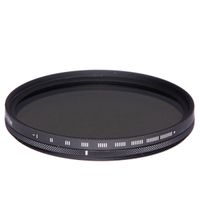
Syrp Variable ND filter
Instead of the usual range of multiple filter sizes, there are only two core versions of the Syrp filter: a 67mm and an 82mm. The former comes in the Small kit option, which includes 52mm and 58mm adapter rings, while the 82mm Large kit contains 72mm and 77mm adapter rings. The filter’s neutrality is exceptional, with no color casts evident and the ND2-ND400 range exhibits no visible exposure inconsistency over its four-stop band.
How to choose the best variable ND filter
How do variable NDs work?
A variable neutral density filter is essentially two polarizers fixed together to form one screw-on filter. When you rotate these two filters against each other, the elements restrict the amount of light able to pass through. It's worth noting that if a variable ND filter is rotated too far, it tends to produce a darkened X effect, which will appear in images. This is often referred to as 'crossfade'. It's ubiquitous on variable ND filters, so it’s just something you need to watch for rather than signifying a faulty or low-quality product.
What do strength ratings like ND2 and ND4 mean?
The ND strength ratings quoted for ND filters correlate with adjustments to your exposure. ND2 is equivalent to a 1-stop reduction. When an ND rating doubles, that’s equivalent to a further f-stop reduction – so ND4 is a 2-stop reduction, ND8 is a 3-stop reduction, and so on.
A typical range for a variable ND filter is ND2 to ND400, which means you can adjust it to make anything from a 1-stop reduction to a little over eight stops.
How we test filters
When we test filters, we look at both optical performance and general build quality – how robust the filter feels, how easy it is to use and how securely it attaches to the lens. We use a combination of real-world and lens testing to inform our comments in reviews and buying guides. For filters, we test light transmission levels, color neutrality (i.e. if the filter introduces a cool or warm cast) and the impact a filter has on image quality.
We also look at any specific known issues with different kinds of filters – so for variable NDs, we look out for the infamous 'crossfade' effect, which is the X-shaped pattern these filters are known to produce.
Find out more about how we test and review on Digital Camera World
The best camera deals, reviews, product advice, and unmissable photography news, direct to your inbox!
Ben is the Imaging Labs manager, responsible for all the testing on Digital Camera World and across the entire photography portfolio at Future. Whether he's in the lab testing the sharpness of new lenses, the resolution of the latest image sensors, the zoom range of monster bridge cameras or even the latest camera phones, Ben is our go-to guy for technical insight. He's also the team's man-at-arms when it comes to camera bags, filters, memory cards, and all manner of camera accessories – his lab is a bit like the Batcave of photography! With years of experience trialling and testing kit, he's a human encyclopedia of benchmarks when it comes to recommending the best buys.
- Adam WaringGuides Editor
